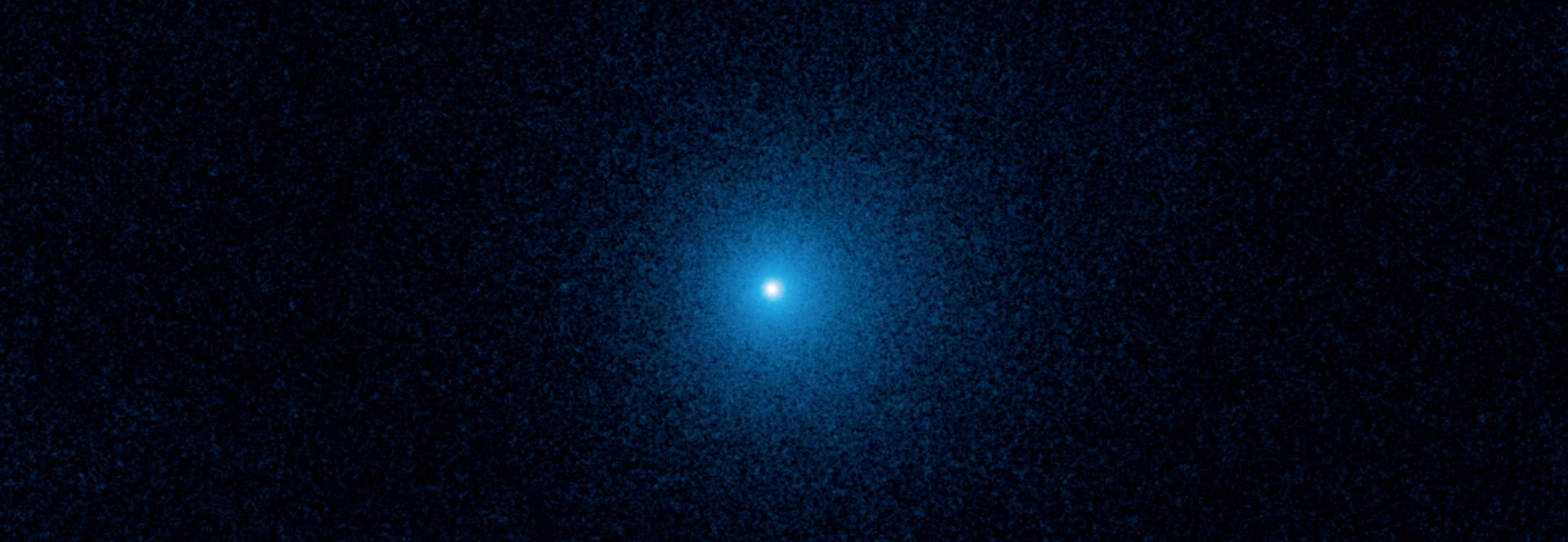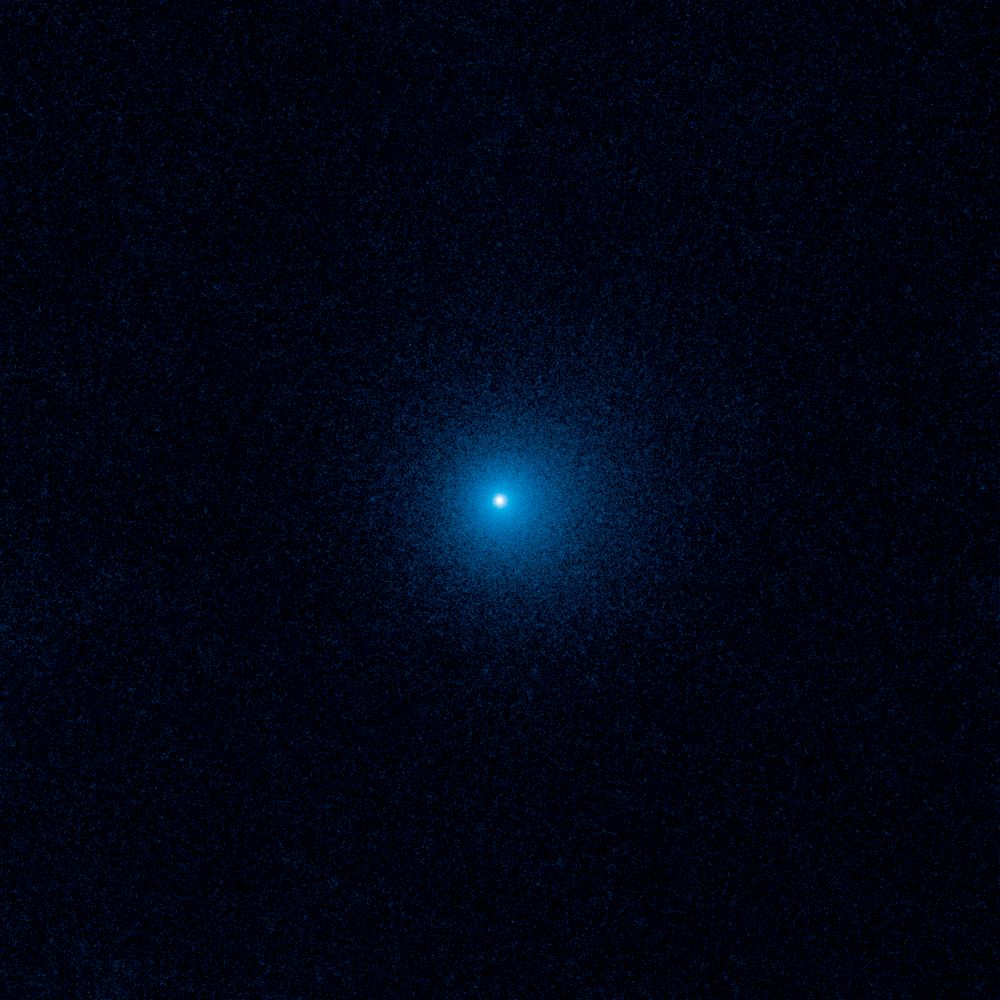UCLA’s Professor David Jewitt has most recently been involved in using NASA’s Hubble Space Telescope to image the farthest active inbound comet yet seen.
The Comet that Came in from the Cold
A solitary frozen traveler has been journeying for millions of years toward the heart of our planetary system. The wayward vagabond, a city-sized snowball of ice and dust called a comet, was gravitationally kicked out of the Oort Cloud, its frigid home at the outskirts of the solar system. This region is a vast comet storehouse, composed of icy leftover building blocks from the construction of the planets 4.6 billion years ago.
The comet is so small, faint, and far away that it eluded detection. Finally, in May 2017, astronomers using the Panoramic Survey Telescope and Rapid Response System (Pan-STARRS) in Hawaii spotted the solitary intruder at a whopping 1.5 billion miles away – between the orbits of Saturn and Uranus. The Hubble Space Telescope was enlisted to take close-up views of the comet, called C/2017 K2 PANSTARRS (K2).
The comet is record-breaking because it is already becoming active under the feeble glow of the distant Sun. Astronomers have never seen an active inbound comet this far out, where sunlight is merely 1/225th its brightness as seen from Earth. Temperatures, correspondingly, are at a minus 440 degrees Fahrenheit. Even at such bone-chilling temperatures, a mix of ancient ices on the surface – oxygen, nitrogen, carbon dioxide, and carbon monoxide – is beginning to sublimate and shed as dust. This material balloons into a vast 80,000-mile-wide halo of dust, called a coma, enveloping the solid nucleus.
Astronomers will continue to study K2 as it travels into the inner solar system, making its closest approach to the Sun in 2022.
Read more about Comet C/2017 K2 HERE
Follow Iplex


